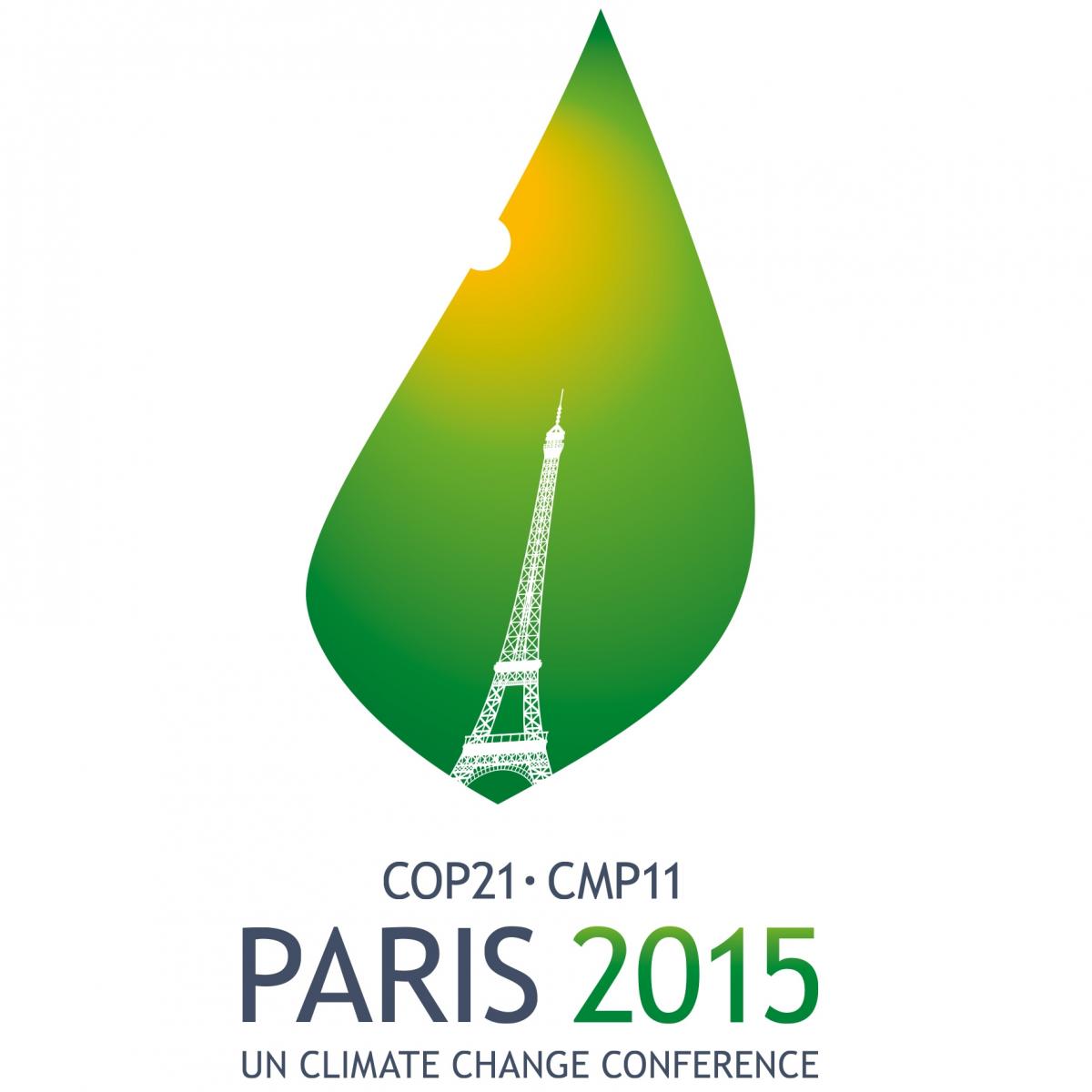 Over the next two weeks the City of Lights will transform into a hub for world leaders as they address climate change at the United Nation’s 21st Conference of Parties (COP21). The results of COP21 could change the way we tackle climate change as a global community—and determine the future of our planet. 195 countries and 150 heads of state are meeting in Paris, hoping to craft a legally binding agreement on climate change that will keep temperature rise below 2°C and unite the world in addressing this global threat. UN Secretary-General Ban Ki-moon opened the conference by telling delegates that, “We have never faced such a test. But neither have we encountered such great opportunity.” And for teachers, never has there been such a great (and relevant!) opportunity to engage students in the policy side of climate change. Take advantage of this historic event and immerse your students in COP21 with these interactive activities and tools:
Over the next two weeks the City of Lights will transform into a hub for world leaders as they address climate change at the United Nation’s 21st Conference of Parties (COP21). The results of COP21 could change the way we tackle climate change as a global community—and determine the future of our planet. 195 countries and 150 heads of state are meeting in Paris, hoping to craft a legally binding agreement on climate change that will keep temperature rise below 2°C and unite the world in addressing this global threat. UN Secretary-General Ban Ki-moon opened the conference by telling delegates that, “We have never faced such a test. But neither have we encountered such great opportunity.” And for teachers, never has there been such a great (and relevant!) opportunity to engage students in the policy side of climate change. Take advantage of this historic event and immerse your students in COP21 with these interactive activities and tools:
World Climate Negotiation Simulation
Lead your students through their very own international climate negotiations with this intricate tool. All of the materials are provided for you to guide your students as they take on the roles of world leaders trying to reduce greenhouse gas emissions while still looking out for the economic and social well-being of their countries. Students who complete this simulation will have a personal understanding of how leaders are coming to an agreement in Paris!
C-Learn Environmental Impacts Simulator
Help students understand what it takes to keep global warming below 2°C with this interactive website from MIT and Climate Interactive. Students input what year they want greenhouse gas emissions to peak, what year emissions should begin declining, and what percentage of emissions should be reduced annually. The tool also includes an instrument to measure the effects of afforestation and deforestation rates on climate change. Once students determine all of the aforementioned values, they run the model and are shown how much the Earth will warm based on the parameters set. C-Learn also includes fossil fuel (and other) emissions, CO2, temperature, CO2 bathtub, and sea level rise simulators. This tool has everything you need to predict the environmental impacts of different negotiation outcomes and is great to use in conjunction with the World Climate Negotiation Simulation.
Live from Paris! Climate Interactive Webinars
Put your students in the center of the action in Paris with two live webinars from COP21. On December 3 and 10, Climate Interactive is providing updates and analysis of decisions made at the conference directly from Paris. The webinars will be held at 11 a.m. EST and only require a quick registration to participate.
On December 4, the theme of the Paris Climate Talks is education. World leaders will discuss how informal and formal education will be included in the final agreement to address climate change.
Follow #Youth4Climate on Twitter and Facebook for all things youth from the Paris climate talks. Youth can get involved in the conversation by tweeting the reasons they care about the Paris climate talks with hashtag #Youth4Climate. Students are also encouraged to share their thoughts of what they hope the results of COP21 will be with the #Youth4Climate hashtag.
There are countless opportunities to get your students involved in the living, breathing history happening at COP21! How will you include this historic event in your classroom?
Kate Heffernan works with Minda Berbeco on teacher outreach activities. A recent graduate of the University of Florida, her undergraduate studies focused on environmental policy and education.
